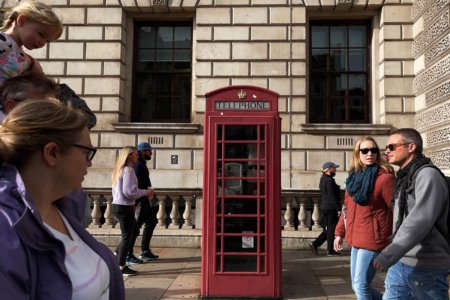
Are you planning on studying in the UK? The UK higher education system has produced numerous reputable thinkers and leaders of our time, from civil rights activist Mahatma Gandhi to girls’ education advocate Malala Yousafzai and former Singaporean Prime Minister Lee Kuan Yew. Little wonder why thousands of international students flock to the UK in pursuit of a world-class education. While researching UK universities, you might have heard of the term “red brick university”, but what does it mean?
What is a red brick university?
According to Kaplan Pathways, the term red brick university encompasses a group of six universities that received its Royal Charter to become independent universities around the 19th century.
Many of these universities featured buildings built in the Gothic style with red bricks — a popular trend in Victorian times, which led to them being nicknamed red brick universities.
The six universities include:
- University of Birmingham
- University of Bristol
- University of Leeds
- University of Liverpool
- University of Manchester
- University of Sheffield
Today, these six universities are part of the prestigious Russell Group universities (here’s a fun fact: Benedict Cumberbatch is an alumnus of the University of Manchester).
Kaplan notes that despite differences in architectural styles, these universities are considered red brick universities. The term is an informal category which means there is no definitive number of universities that are considered a red brick university.
Britannia StudyLink notes that other UK universities that are often considered a red brick university include:
- University of Nottingham
- University of Reading
- Newcastle University
They add that the term was originally coined to describe the original six universities, but today, it mostly refers to universities in the UK that were founded in the early 20th century up to the 1960s.










